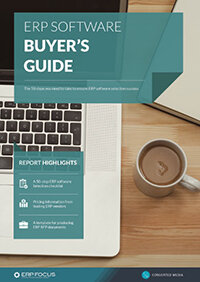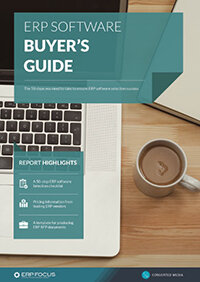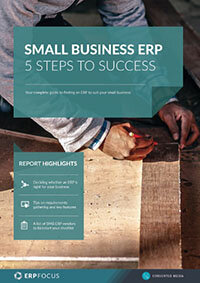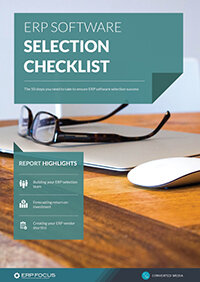ERP reporting tools: what to consider
ERP technology can be described as a stool that rests on three legs: hardware, software and wetware. Together these legs integrate to identify, target, trap, manipulate, and store data that ultimately ends up displayed as useful information on various reports. As a matter of accuracy, today’s resources-based systems are quite adept at creating large volumes of raw data. However, report-handling is usually accepted as being the most critical process of all, since without this capability, the totality of an ERP system’s effort will result in nothing more than managing a warehouse housing useless gibberish.
Consequently, ERP reporting tools are critical to an enterprise’s commercial livelihood. However, is your business making the most of its ERP reporting tools; and if not, where are you leaving easy money on the table?
What ERP reports produce versus what you really want
As asserted above, the value of ERP is all about developing useful information. However, are you asking your ERP reporting tools the right questions, and do you even know what the “right” questions are? These two queries are central to the value of any reporting system; however, well before filtering raw data and configuring report formats you need to answer both questions. Consider:
- What is the specific goal of a particular report?
- Do you already have various filters in mind before you pull the trigger?
- If not, have you investigated what filters are available with a standard ERP platform, and have you subsequently produced each vanilla report as a test regime?
- Are you sure that you are applying the most of relevant and up-to-date data stores?
You should get the idea by now - the bottom-line is to ensure that you’ve crossed every ‘T’ and dotted each ‘I’ before you call for a report run, otherwise the ancient tech saying will apply; “garbage in – garbage out.”
Recommended reading: figure out which ERP reporting tools you need with this comprehensive ERP buyer’s guide.
Too little information
Today’s reporting tools offer all kinds of graphically pleasant information-based representations, but if your widget count is off by 1000, a report’s really spiffy look and feel won’t offer enough commercial value to cover the bottom of a bird cage. Again, and in concert with the first suggestion, be particularly critical when it comes to how much isn’t being called for when setting up a report run. In the event, a miss may as well be a mile, or in a commercial sense, a lost $100k on an enterprise’s bottom line.
Too much information
You know the old bureaucratic caution about the negative impacts of developing reports by the pound? Well, if not, it simply means too much data is almost worse than too little, since if you’re busy wading through a meaningless tangle of data-base trivia, by the time you get to the point it won’t matter anyway. In this case, the goal is to take a breath, think, and plan before you leap, before you call for 200 pounds of paper that could end up representing nothing of significance.
Free white paper

ERP software buyer's guide
Save hours of ERP selection research with this comprehensive buyer's guide

Featured white papers
-

ERP Software Pricing Guide
Get the latest pricing information on over 80 popular ERP systems, and learn how to budget for your ERP project in our free guide
Download -

Small business ERP: five steps to success
Download -

60-Step ERP Selection Checklist
Get the comprehensive checklist for your ERP selection project
Download
Related articles
-

The best ERP systems for process manufacturing
Consider these ERP systems when selecting your next process manufacturing ERP
-

CMMC Compliance: What Aerospace and Defense Manufacturers Need to Know
Key insights on CMMC compliance, deadlines, and securing DoD contracts with CMMC 2.0 certificatio...
-

5 ERP pricing definitions you need to understand
Have you mastered the ERP pricing lexicon yet? Getting to grips with these five definitions is a ...

